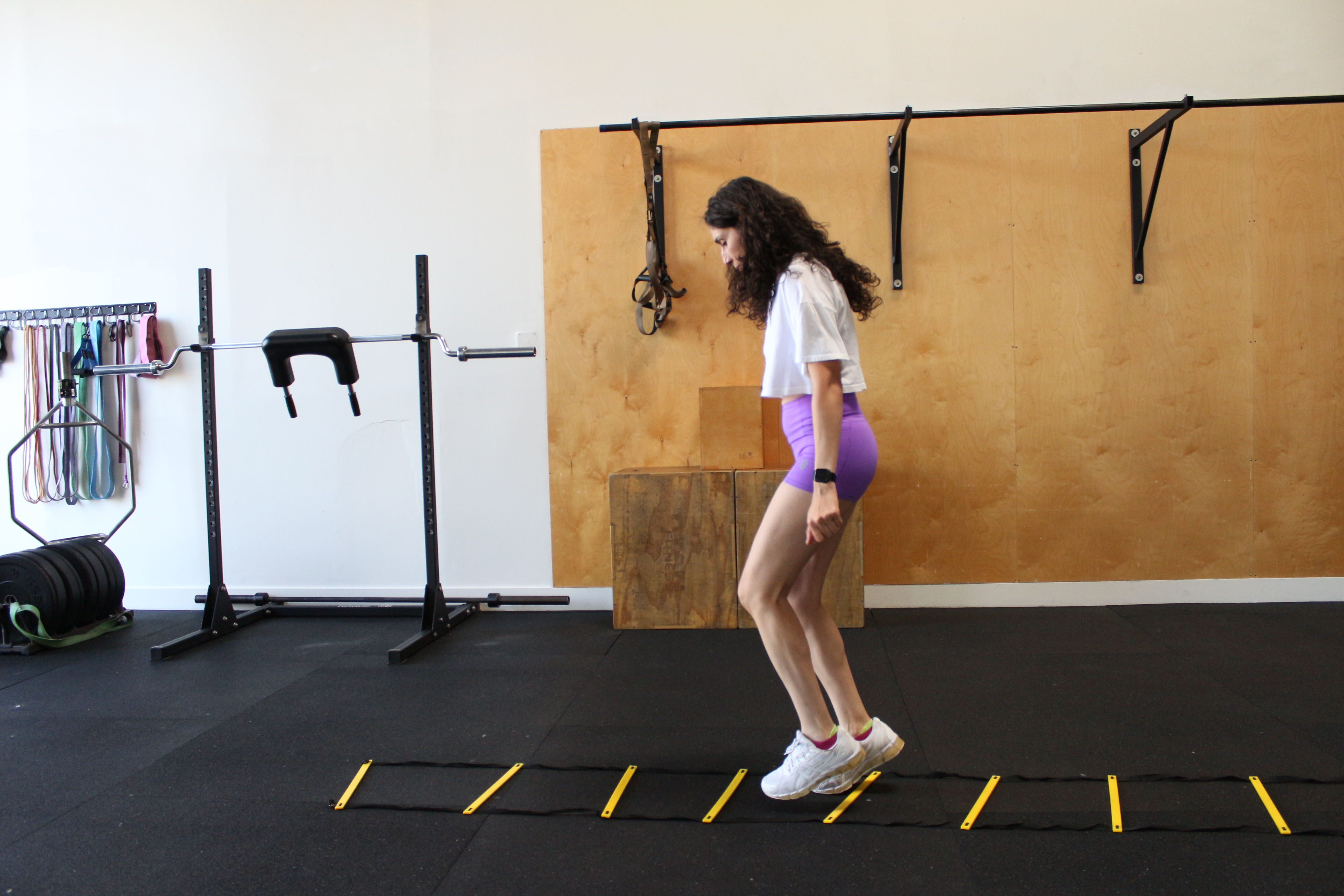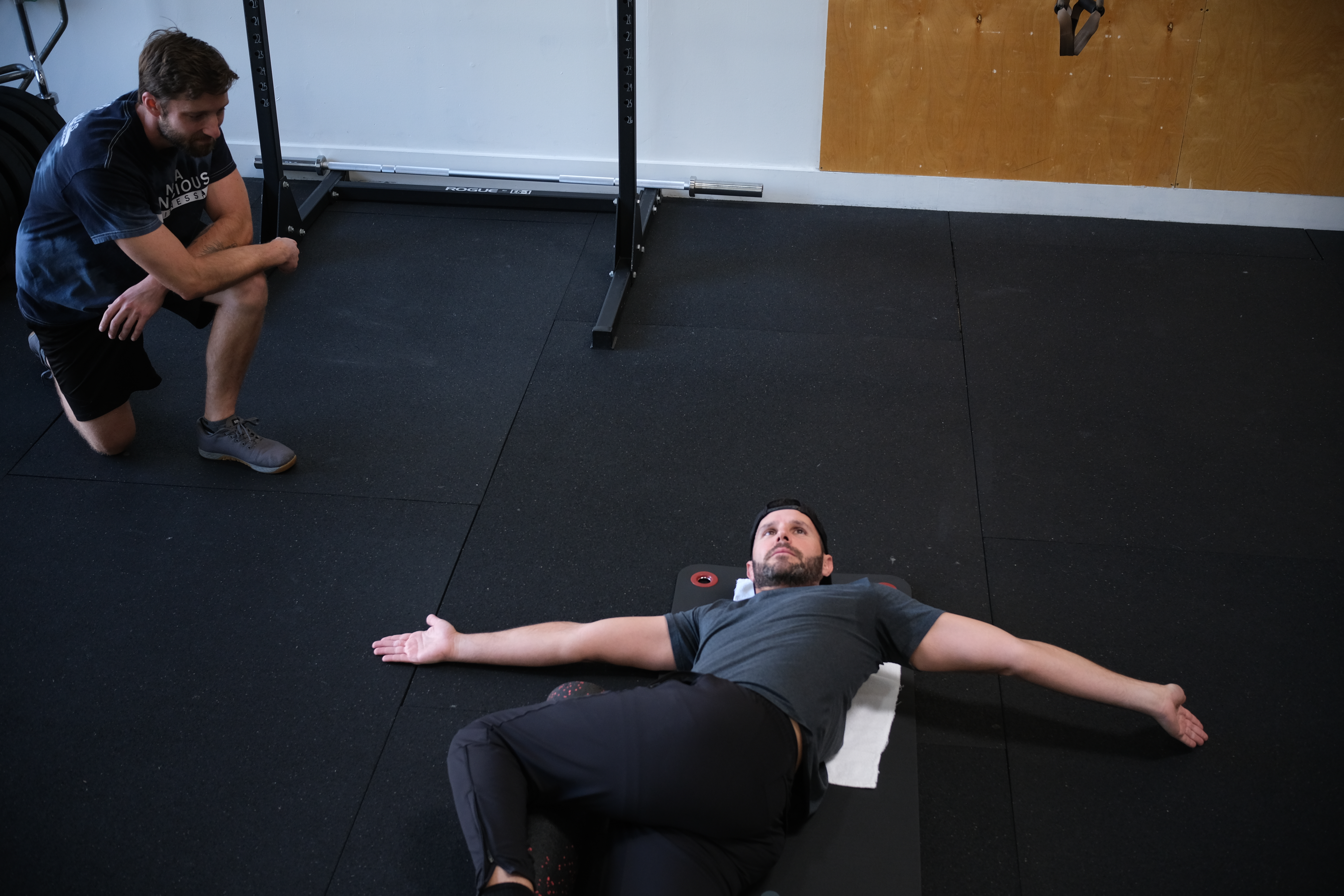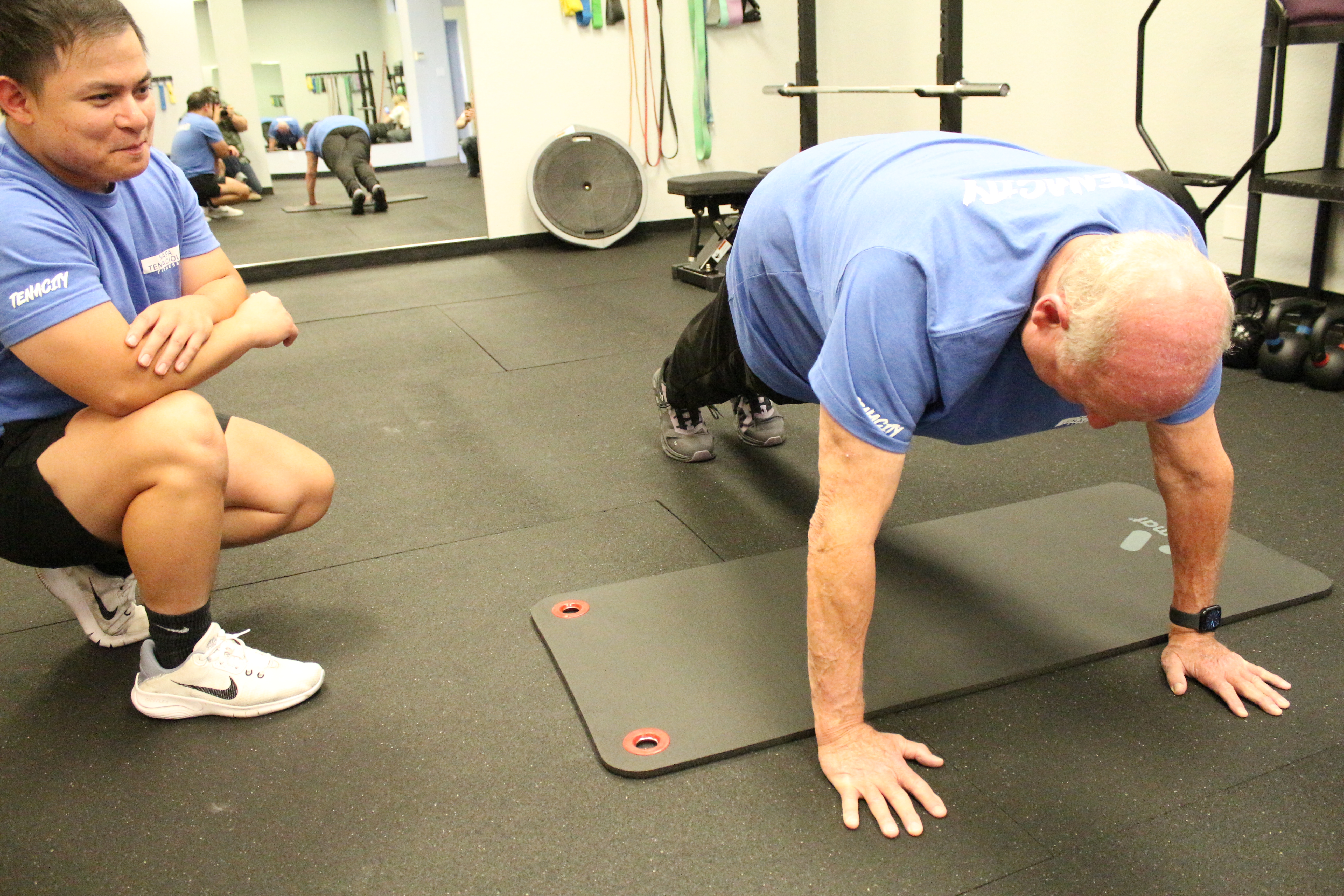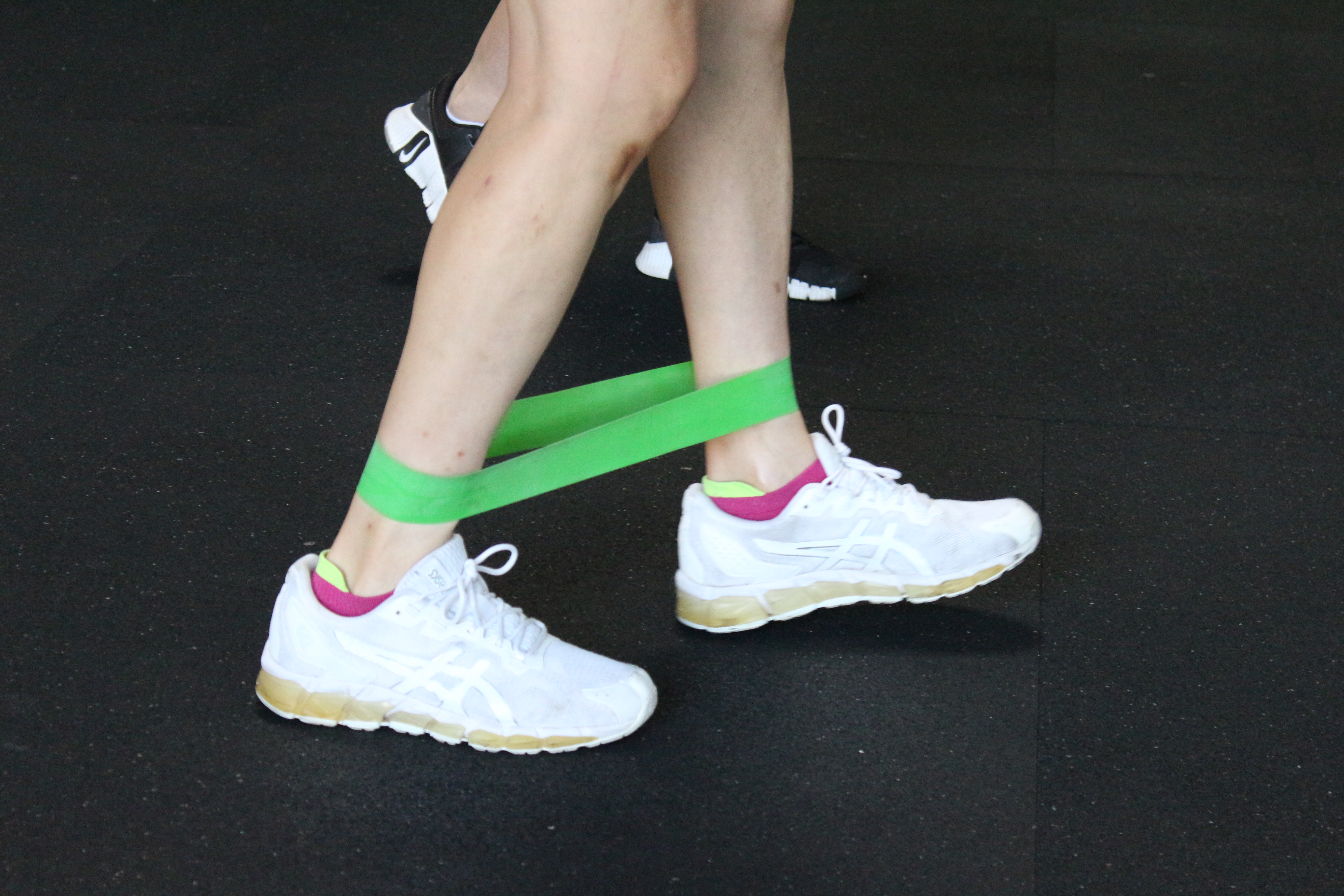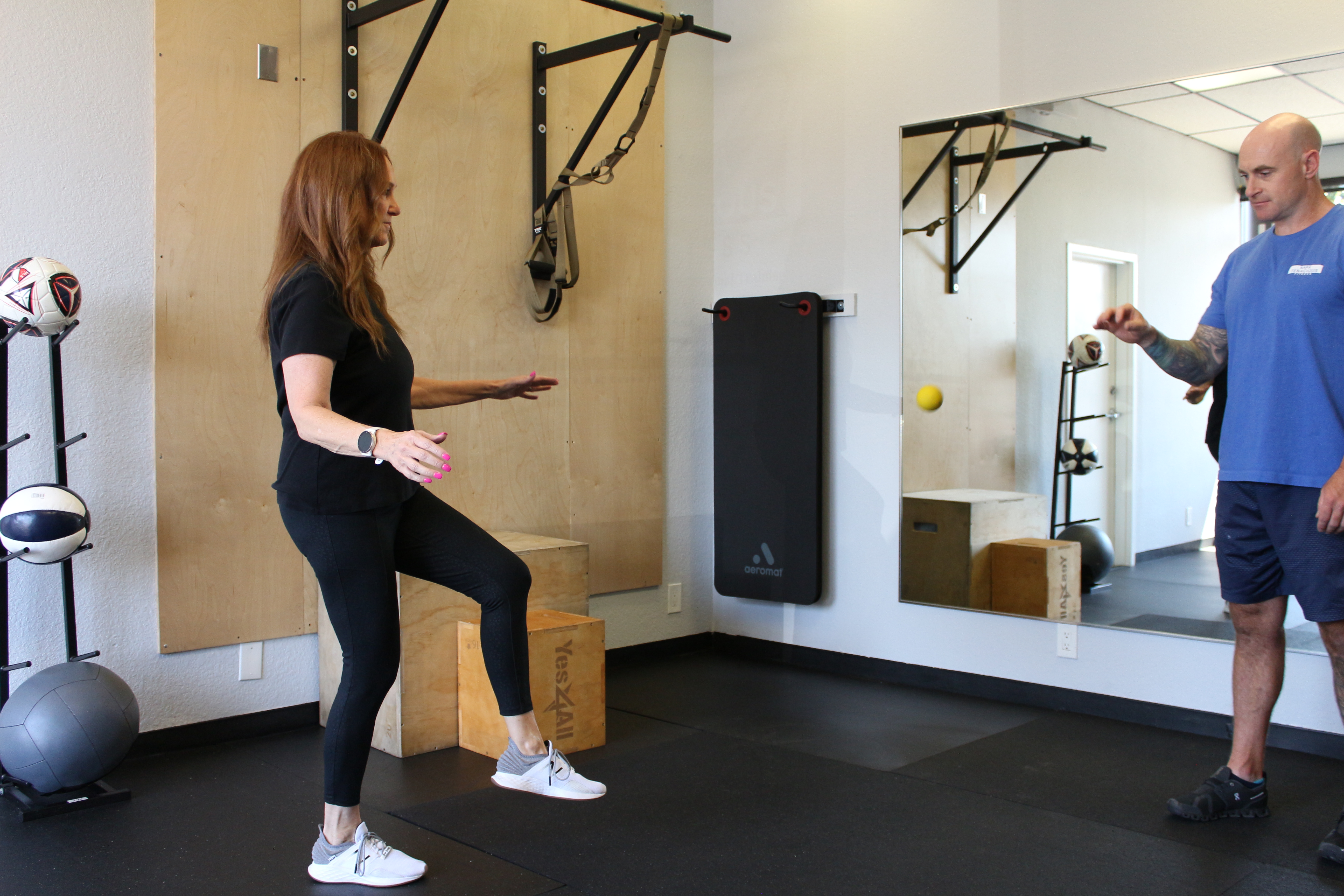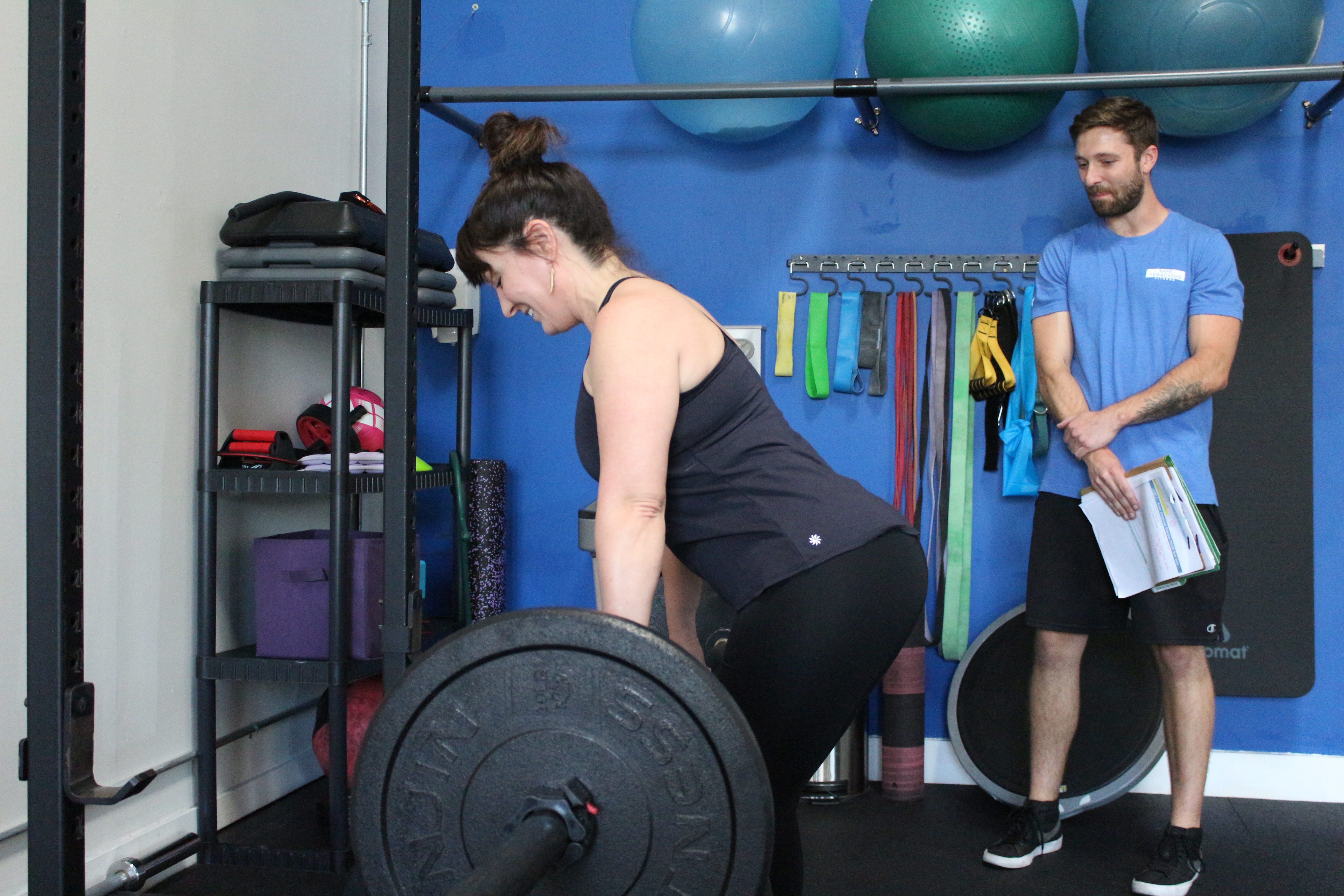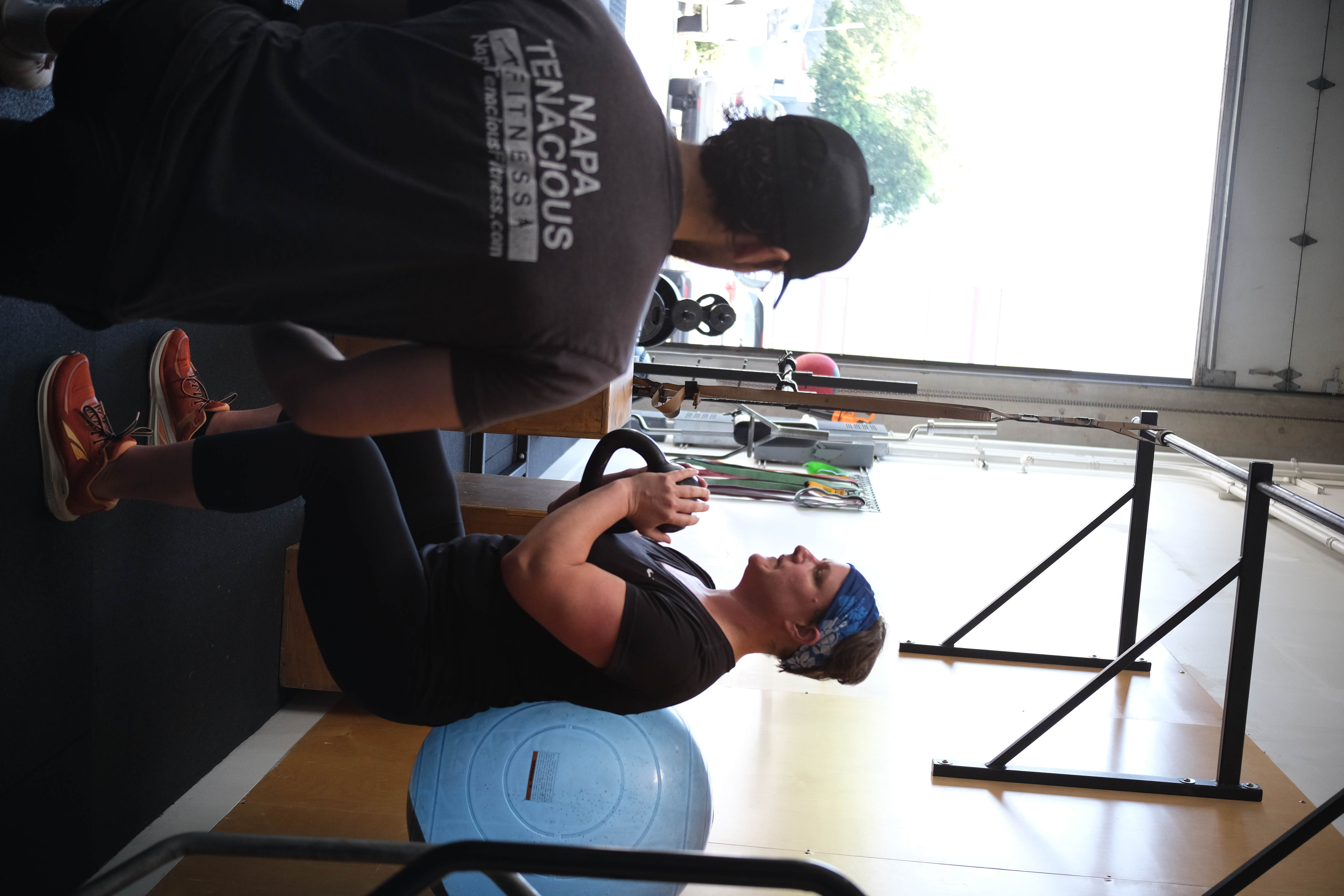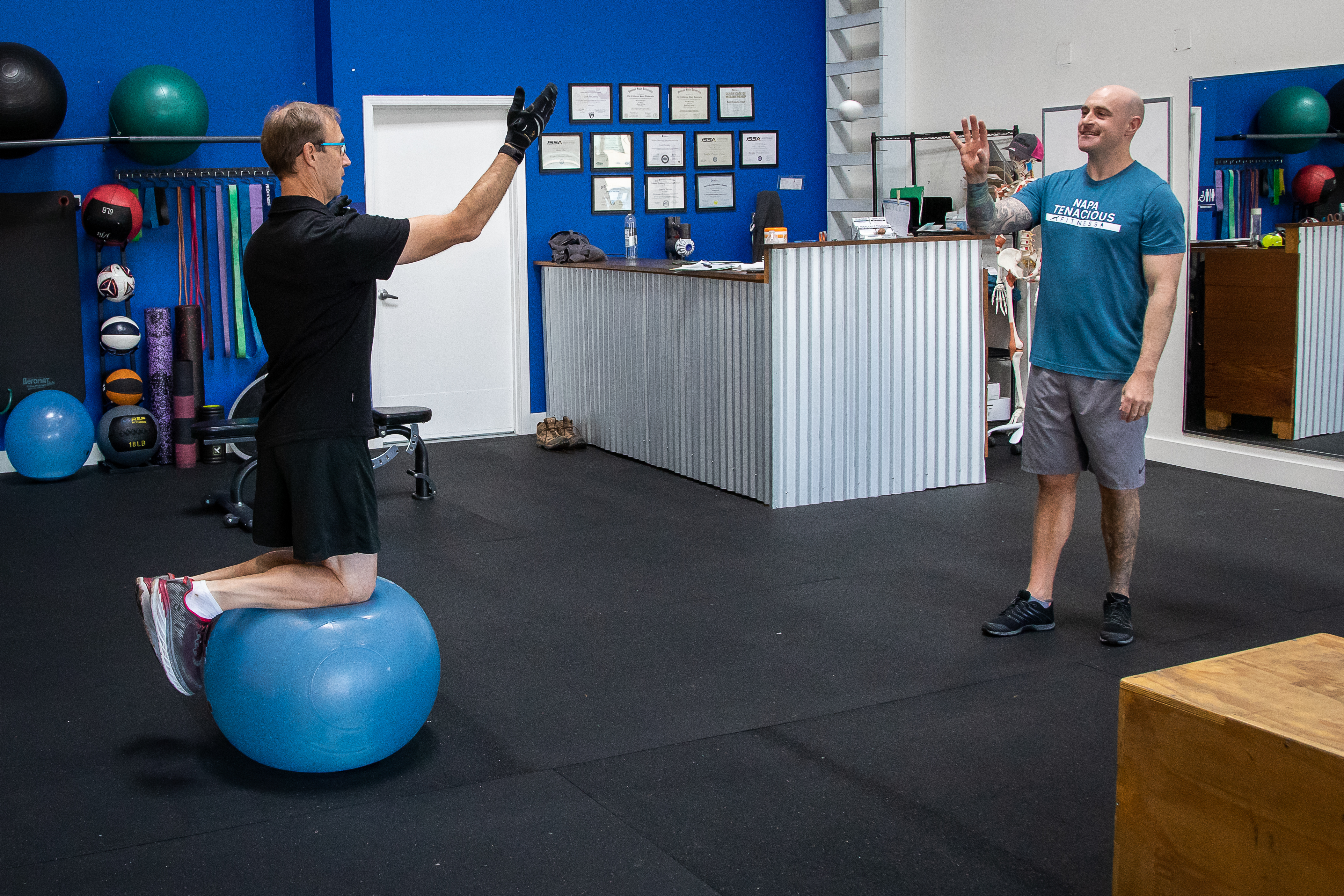Health and fitness awareness is positively evolving society’s outlook on the benefits of living active lives. The advancements of smartwatches not only offer the properties of our beloved phones, which can be talked into, interact with for business decisions, and peer through various apps, but also track our activity levels, such as how many steps we’ve taken or how long we’ve been standing still. A cornucopia of services offered by fitness professionals is increasingly booming into local small businesses, including cycling classes, Pilates studios, and other small group fitness classes. Additionally, savvy technical fitness professionals are pumping out instructional video-based apps we can download on our phones or view from our flatscreen monitors in our living room. Popular and successful applications include Peleton Bikes or The Mirror, which offer an interactive approach to exercise for participants to follow a professionally designed fitness session any time they want.
Thanks to the revolutions of exercise-based technology and fitness entrepreneurs, we’re fortunate to have fitness and health-enhancing resources readily available to assist in living productive and enjoyable lives. However, it’s important to remember the potential risks involved when participating in an exercise program. Just like learning how to ride a bike for the first time, there is a learning curve involved in conducting the sophisticated physical demands involved in each of these exercise arenas.
I can recall when my son first took off on his bike with training wheels when he was around three years of age. The pedals powered by the adrenaline-filled tiny human were turning at surprisingly rapid revolutions. I wouldn’t have been surprised if sparks started to flare off to the side and smoke began to emit from the chains. It was only a matter of seconds before he lost his balance and plummeted toward the ground. After his bike veered off, he proceeded to project out in the opposite direction in a series of barrel rolls propelled by the momentum of his enthusiastically fueled pedaling performance. I felt like I had just witnessed a biker roll his Harley after taking a turn too fast. Fortunately, he was unscathed from this event. About a month later, he learned to pedal a little slower and master the art of strategically tearing around corners utilizing precision, dexterity, and strategy he had practiced in his training wheel-equipped vehicle.
The enthusiasm of initiating an exercise journey for the first time with an exciting new stimulus isn’t much different than my son’s journey to go fast into a new, fun, and thrilling experience of learning how to operate his first two-wheeled vehicle. Unfortunately, in the exercise arena, conducting exercises where the participant lacks competency and mastery of the intricacies involved in sophisticated exercise actions can lead to injuries. The last thing we want from any exercise session is to get injured. Additionally, no one wants to develop overuse injuries from exercises performed incorrectly for the previous few weeks to months. Remember that exercise is meant to enhance productivity, functionality, and overall quality of life. Investing time to educate oneself on the purpose of exercise movements, the technical aspects of a specific action in an exercise session, and the potential injuries is critically important for achieving optimal outcomes when starting a new fitness experience.
We instruct our personal training clients to perform a series of dynamic stretching and preparatory exercises before any training session. These movements are encouraged to become a ritual of warming up the body, delivering oxygenated blood flow to the working muscle, producing synovial fluid in the joints, and putting the exercise participant’s psychological mindset into the mode of entering rigorous physical activity.
After completing a concentrated full-body warm-up routine, we coach our clients to complete one set of three variations of exercises that seem to be present in most exercise environments. These primary movements are planks, push-ups, and squats. This doesn’t mean holding the world records of planks for 9 hours, completing the Navy Seal requirement of push-ups, or getting under a barbell for a one-repetition maximum of squatting a personal best equal to twice a person’s body weight. Instead, completing a plank at a manageable inclined angle or on the floor for twenty to thirty seconds is sufficient to activate the core muscles and neuromuscular system of the spine and lumbopelvic hip complex. Completing five to ten push-ups at an inclined angle or on the floor serves the purpose of activating the stabilizing muscles of the rotator cuff of the shoulder. Completing a few reps of sit-to-stand squats is an efficient way to warm up the lower back, hip, knees, and ankles before entering into an exercise routine requiring stepping, lunging, getting up and down off the ground, or long-distance walking and biking. A ritual of rehashing compound movements at a lower intensity before entering a bout of rigorous physical activity not only enhances the strength of the big motors of the body but also encourages us never to forget how to perform these movements present in so many exercise programs.
Take time to let the technique of exercise to sink in when just starting out a new fitness program. By understanding a learning curve is required to master exercise techniques, we can get the best possible outcomes out of fitness programs.
Sean McCawley, the founder and owner of Napa Tenacious Fitness in Napa, CA, welcomes questions and comments. Reach him at 707-287-2727, napatenacious@gmail.com, or visit the website napatenaciousfitness.com.

